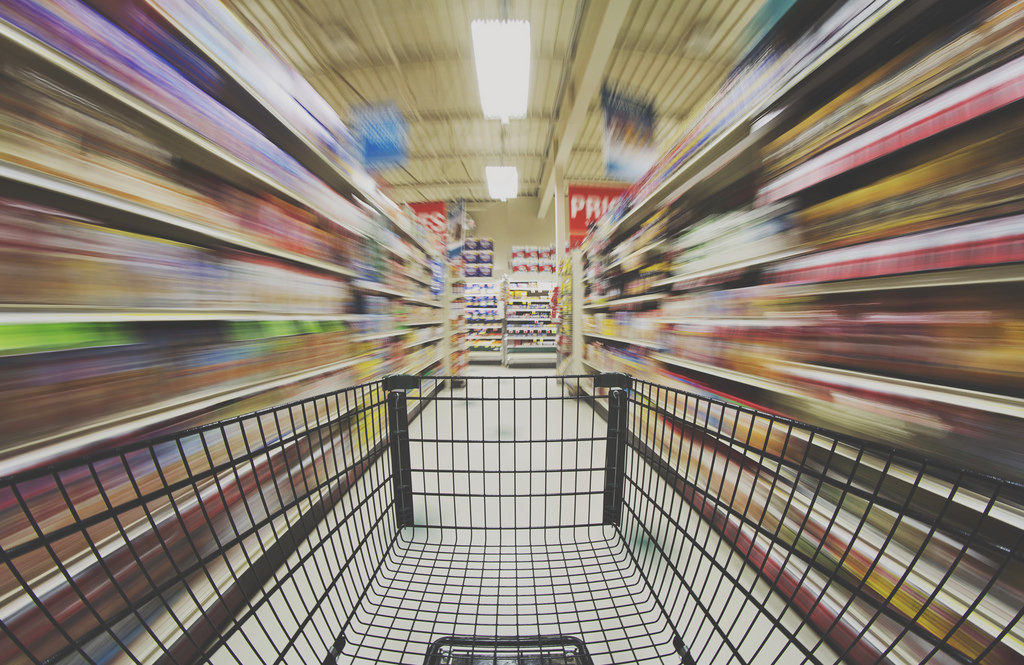
Remember what grocery shopping and couponing was like not all that long ago? You’d wait until Sunday to see what, if any, coupons were in the newspaper. You’d check out the paper grocery circulars when they came out. Then you’d write out your grocery list and head to the store.
These days, thanks to the internet, blogs, digital coupons and smartphone apps, you know well in advance what coupons are available, what’s going to be on sale and when, and you can shop and save without bringing any little pieces of paper to the store at all.
Now, a new report says grocery shopping has achieved a noteworthy tipping point. According to Deloitte’s “The Grocery Digital Divide,” 51% of grocery sales are now “digitally influenced” – the first time that’s been true for the majority of purchases.
That doesn’t mean more than half of us are ordering groceries online. It means we’re influenced in some way by something we saw or did online before going grocery shopping.
“People are making decisions about what goes in the grocery cart long before they get to the shelf or even the store,” said Deloitte vice chairman Barb Renner in announcing the survey results.
More than three-quarters of consumers surveyed consult digital resources like recipe websites and blogs for ideas on what to buy, and 80% use grocer or manufacturer websites to browse and research grocery products before going shopping.
“The majority of food and beverage purchases still happen in the store, but consumers’ online or mobile experiences impact those purchases much earlier in the shopping journey,” Renner said.
It’s the first part of her statement that traditional retailers are seizing on, as they point out that online grocery shopping might be nice – but most shoppers prefer getting their groceries in person.
According to a separate new report from the International Council of Shopping Centers, which has a vested interest in people continuing to visit physical stores, “consumers have a variety of options when it comes to buying groceries, and they continue to choose physical grocery stores to make their purchases.”
The group’s “The State of Grocery Shopping” survey found that 99% of adults buy “some or all of their groceries in person”. Most say it’s because they want immediate access to items, and the ability to select their own fresh meat, dairy and produce products.
That supports the results of yet another recent survey by Morgan Stanley, which found that 84% of shoppers choose not to order their groceries online because they prefer to see and select their own food. And 27% who tried ordering groceries online said they didn’t like the experience – up from 17% the previous year.
“The grocery sector remains relatively unimpacted by the growth in e-commerce sales,” ICSC President and CEO Tom McGee said.
That’s either a reality check about where things stand, or outright denial about where things are heading. The Food Marketing Institute and Nielsen recently estimated that consumers are expected to spend more than $100 billion a year on online groceries by 2025.
So the market for buying groceries online is clearly growing. But physical retailers are quick to point out there’s plenty of room for them as well. Whether one side wins at the other’s expense, or they peacefully coexist, remains to be seen.
A couple of decades ago, we never could have predicted that the internet, blogs, digital coupons and smartphone apps would transform the way we grocery shop. When it comes to how we’ll grocery shop a couple of decades from now – it seems just about anything’s possible.
Photo by Caden Crawford















